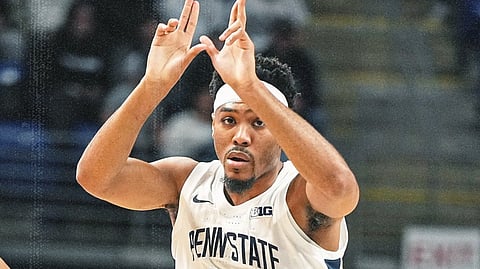

March Madness is one of the most exciting events on the sporting calendar, and with so many bettors in the USA wagering on the action this year, there’s plenty to know about betting on the NCAA tournament.
Our college basketball expert takes a dive into the Do’s and Don’ts of March Madness betting and the things to look out for ahead of this year’s tournament.
Before we dive in. If you want to double your chances of betting successfully, PickBoss suggests great opportunities for you.
Everyone knows March Madness is renowned for the epic upsets that occur every year. In the last 40 years, there have been an average of 12 per year, making it roughly one in every five games proving to be upset.
This is not just a rule for March Madness but for all sports betting. Don’t get me wrong, sportsbooks do a great job at selecting favorites and underdogs, but the favorites do not win every game.
Whilst many people would be quick to bet on the favorites, it’s incredibly unlikely that we’ll see an upset-free March Madness.
Take last year’s fairytale story of St. Peter's Peacocks, who took a run to the Sweet 16 as the first 15-seed to make that stage of the tournament. On their way, they took down No. 3 seed Purdue, before eventually losing to North Carolina.
Or cast your mind back to 2017, when 11th seed Loyola Chicago upset #6 Miami in the first round and #3 Tennessee in the second round. Or how about when the Wichita State Shockers stormed into the home of the Cleveland Cavaliers to take down the Kansas Jayhawks by double digits in 2015? Given the incredible upsets over the years, it’s no wonder the tournament has been dubbed ‘March Madness’.
For those new to March Madness betting, teams are seeded based on their national ranking, with the lower seeds facing off against, the higher seeds in the early rounds.
Whilst it may be tempting to bet on the highest overall seed for every game, the seeds don’t tell the whole picture. Teams are seeded according to how well they have performed in the regular season and don’t necessarily take into account form, injuries, or any other late changes.
In addition, better teams are often seeded lower than worse teams due to the difficulty of their division/conference. For example, if the Duke Blue Devils finished third in the ACC, they will more likely be drafted as a fourth or fifth seed for the NCAA tournament.
However, if the Ohio State Buckeyes finished first in their conference with a worse record than Duke, they would be seeded No.1 and the seedings would not tell the whole story. Make sure to read up on the team’s form, record, and depth charts, and don’t base your March Madness wagers
Important to mention that games are played every couple of days throughout the tournament, with fatigue and injury playing a big factor. So make sure to do research before you place any bets, to make sure that teams are well-equipped to win their matches.
Early rounds of March Madness take place in various cities across the country. This is good news for some teams and bad news for others. Many college basketball teams will have to travel long distances to play their opening games, with others needing just a bus trip to the court.
As with any sport, teams playing closer to home don’t have to fight jet lag, and the crowds are usually behind them. Considering how young some of the players are on these teams, don’t underestimate the power of a home crowd and an emotional boost.
Teams may also benefit from playing in certain stadiums, with historically proven stadiums being better for some teams rather than others. Many of the smaller colleges taking part in March Madness may not have stepped foot in an arena with over 25,000 seats, with the bigger teams more used to this craze.
Take note of which teams have performed well under pressure in previous years in front of big crowds, such as the North Carolina Tar Heels and Gonzaga Bulldogs.